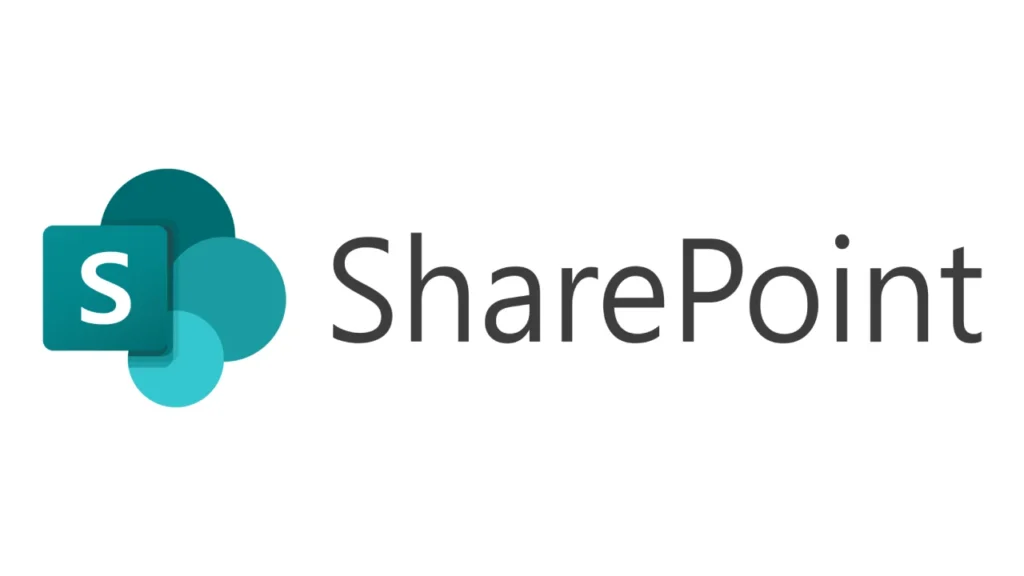What happens when a software platform you trust becomes an entrance point for hackers—without anyone recognizing it? That’s exactly what a zero day breach is. And in July 2025, Microsoft SharePoint became the latest victim of a broad zero day attack affecting governments, businesses, and academic institutions worldwide.

In this blog, we’ll explore:
- What is a zero day breach?
- How it works in real-world attacks
- The latest SharePoint zero-day vulnerability
- Examples like the BeyondTrust breach
- How to stay secure from future threats
Whether you’re a tech enthusiast, IT professional, or business owner, understanding zero day breaches has never been more critical.
What Is a Zero Day Breach?
A zero day breach is a cyberattack that takes advantage of a flaw in software that the vendor doesn’t know about. The breach occurs without warning, as no patch or fix is available. This makes it very risky.
Key Definitions:
- Zero Day Bug: A security flaw that hasn’t been publicly disclosed.
- Zero Day Exploit: The tool or method hackers use to take advantage of the bug.
- Zero Day Attack: The actual act of hacking a system using a zero day exploit.
- Zero Day Malware: Malicious software created specifically to use the exploit undetected.
How Zero Day Exploits Work
- Discovery – A hacker or researcher uncovers an unknown vulnerability.
- Development – Malicious actors build tools to exploit the bug.
- Delivery – Exploits are delivered via phishing emails, web injections, or remote access points.
- Execution – Attackers gain unauthorized access, install malware, or steal data.
- Aftermath – The vendor learns of the attack and races to release a zero day patch.
Microsoft SharePoint Zero Day Vulnerability (2025)
In July 2025, Microsoft SharePoint systems around the world were struck by a significant zero-day hack. This attack hit more than 75 on-premise SharePoint instances, including ones utilized by U.S. federal agencies, big businesses, universities, and vital infrastructure providers.
What Went Wrong:
- The exploited vulnerability (CVE-2025-53770) allowed attackers to install web shells and gain remote access to servers without authentication.
- It was part of a complex “ToolShell” attack chain that enabled attackers to steal machine authentication keys and maintain persistent access.
- Exploits were active for weeks before discovery, with no official patch available initially.
Microsoft’s Response:
- Emergency security patches were released for SharePoint 2019 and Subscription Edition.
- Microsoft urged administrators to:
- Enable antivirus and antimalware scanning (via AMSI).
- Rotate machine keys.
- Block known malicious IPs.
- Monitor for suspicious
.aspxfiles and unusual POST requests.
This breach highlighted the urgency of zero day vulnerability response in enterprise and government environments.
Real-World Examples of Zero Day Breaches
BeyondTrust Zero Day Breach
In early 2025, hackers took advantage of a hole in BeyondTrust’s remote access technology to get into business systems before a fix could be put in place. The event showed how dangerous zero-day attacks on the supply chain may be.
Stuxnet
A historical example from 2010, when a multi-zero-day worm attacked industrial control systems in Iranian nuclear plants. It revealed how hackers could use zero-day vulnerabilities as weapons.
Chrome and Windows
Attackers frequently target Google Chrome and Microsoft Windows, and they fix dozens of zero-day defects annually. Attackers often use weaknesses in browsers or operating systems to spread malware or spyware.
Dangers of Zero Day Vulnerabilities
- No Early Warning: These attacks happen before anyone even knows a vulnerability exists.
- Bypass Security: Antivirus software and firewalls may not recognize new malware.
- High Value Targets: Government, finance, healthcare, and energy sectors are prime targets.
- Hard to Detect: Attacks are often discovered weeks after the initial breach.
Pros and Cons of Zero Day Disclosures
| Pros | Cons |
|---|---|
| Rapid patch deployment | Attackers may copy publicly disclosed exploits |
| Encourages responsible disclosure | Delays in patching still leave systems exposed |
| Promotes transparency and trust | Panic or confusion among users and admins |
How to Protect Against Zero Day Attacks
Personal & Enterprise Protection Tips:
- Apply Patches Immediately: The moment a patch is available, install it.
- Use Behavior-Based Security Tools: Antivirus software that monitors behavior (not just signatures) can detect unknown threats.
- Enable AMSI and Advanced Threat Protection: Especially on Windows servers.
- Segment Networks: Isolate critical systems from public-facing infrastructure.
- Monitor Threat Intelligence: Follow platforms that alert about CVEs and zero day bugs.
- Rotate Credentials and Keys: Especially after suspicious activity is detected.
Conclusion
Zero-day breaches are one of the worst things that can happen to your computer security. The recent zero-day attack on Microsoft SharePoint serves as a stark reminder of the rapidity of system hacking before a fix becomes available. Whether it’s a software flaw in a global platform or a tool for remote access, preparedness is crucial.







